Leave the massive crowds of tourists behind in France or Italy, and make your next trip to one of the least-visited European countries.
The Least-Visited European Countries
To compile this list of least-visited European countries, I used data from the annual UNTWO Tourism report, which tracks international tourist arrivals. Note that the organization does not have data on record for certain countries (including Belarus and Slovakia), so those nations were not taken into consideration for this story.
San Marino: 60,000 International Tourist Arrivals
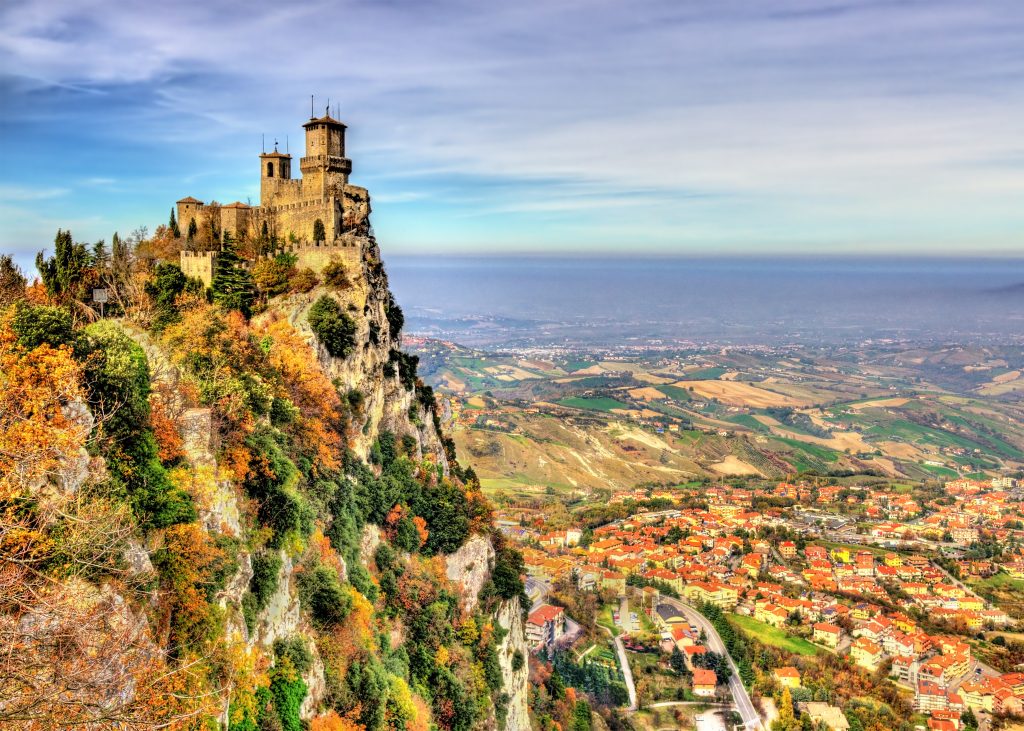
Entirely surrounded by Italy, tiny San Marino is the fifth smallest country in the world. The microstate is just 23.6 square miles in area, so it gets overlooked by many tourists—which is a shame, because there is so much to explore within its borders. Take a cable car up Titan Mountain, stroll through the historic city center dating back to the 13th century, or enjoy Italian cuisine on a visit here.
Liechtenstein: 69,000 International Tourist Arrivals
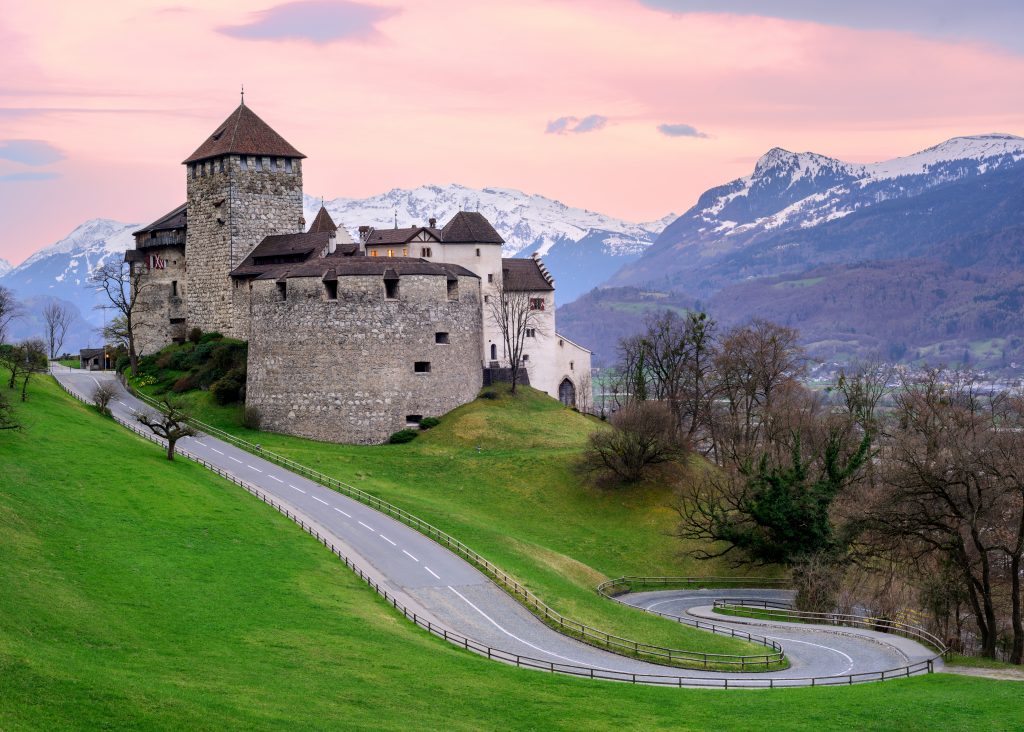
Nestled in the Alps between Switzerland and Austria, Liechtenstein has an area of only 62 square miles. The micronation’s lack of an international airport might explain why it’s one of the least-visited European countries, but it is easy to get to via bus or rental car from any of its neighbors.
Liechtenstein’s alpine location makes it a truly year-round destination, where you’ll never find crowded ski slopes or hiking trails. This principality packs a number of fairy-tale castles into its small space, reminding visitors that they are truly in Old World Europe.
Moldova: 121,000 International Tourist Arrivals
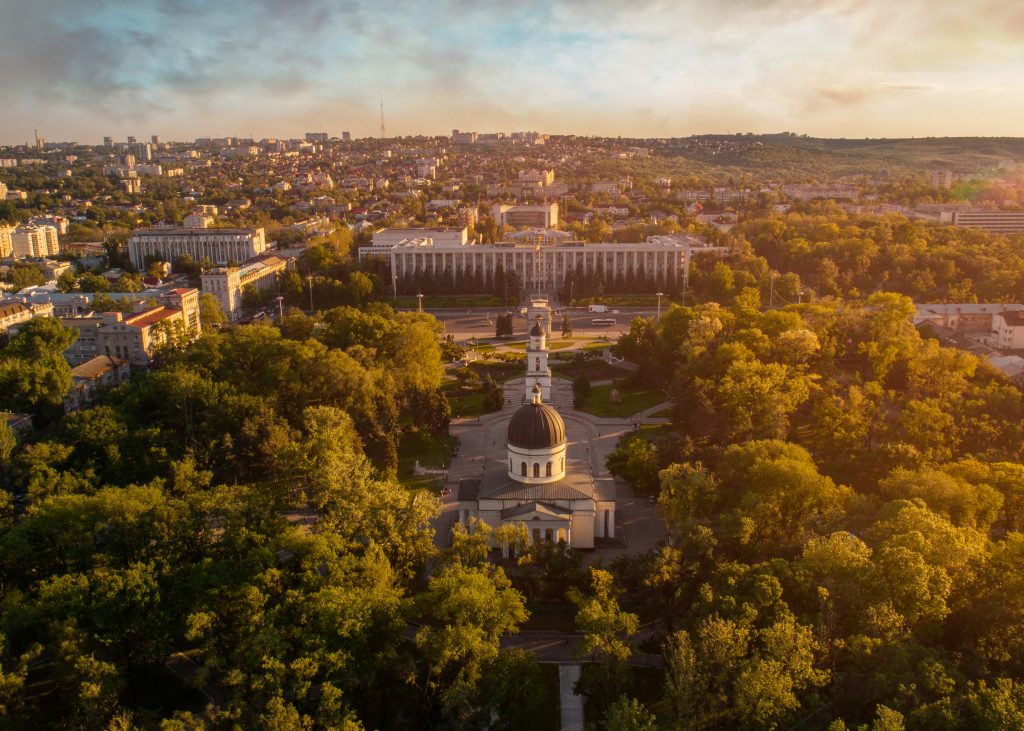
Moldova has been ruled by Ottomans, Russians, and Romanians, but became an independent country in 1991. Located between Romania and Ukraine, this might not be one of the least-visited European countries for long, as budget airlines have begun flying regularly to Moldova’s capital, Chisinau, making it a popular weekend break spot for Europeans. With an exchange rate of 16.62 Moldovan leu to the U.S. dollar, Moldova is certainly an attractive destination for budget travelers looking for culture, nightlife, and history.
Monaco: 336,000 International Tourist Arrivals
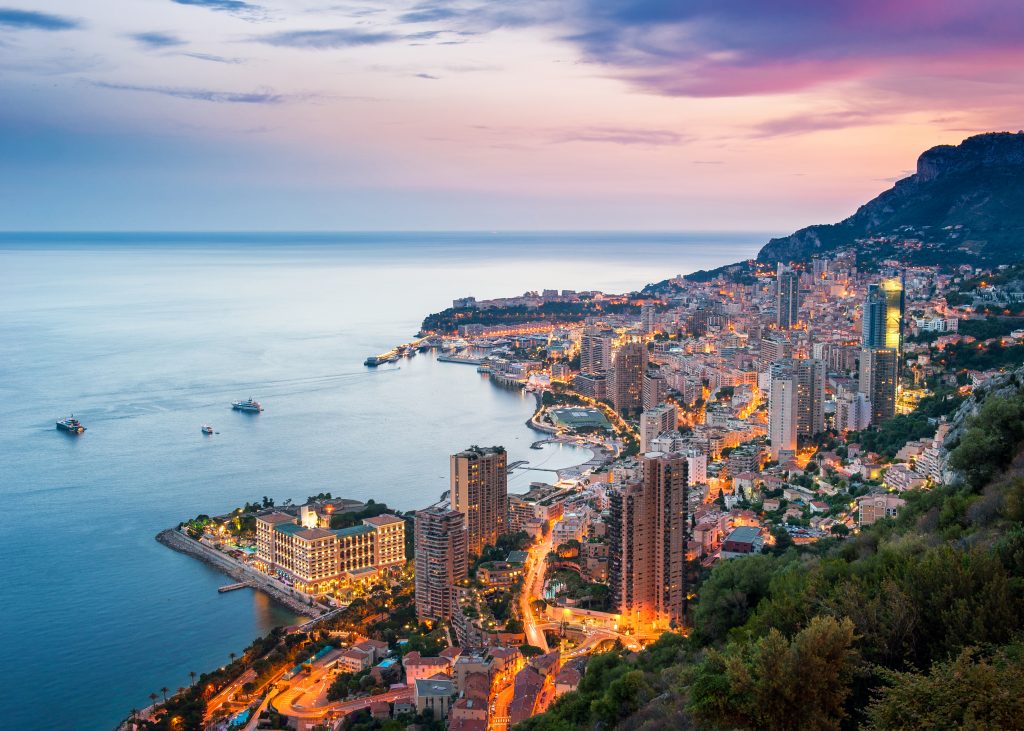
The second smallest country in the world, Monaco takes up just 0.780 square miles of land, bordered by France and the Mediterranean Sea. The country’s reputation as a playground for the wealthy may deter some tourists—approximately 30 percent of Monaco’s residents are millionaires, and the cost of living reflects this. Even if you can only afford a day trip, it’s worth it to come gawk at the mega-yachts that dock here, the world-famous casino, and the intimidating palace perched atop the Rock of Monaco.
Macedonia: 510,000 International Tourist Arrivals
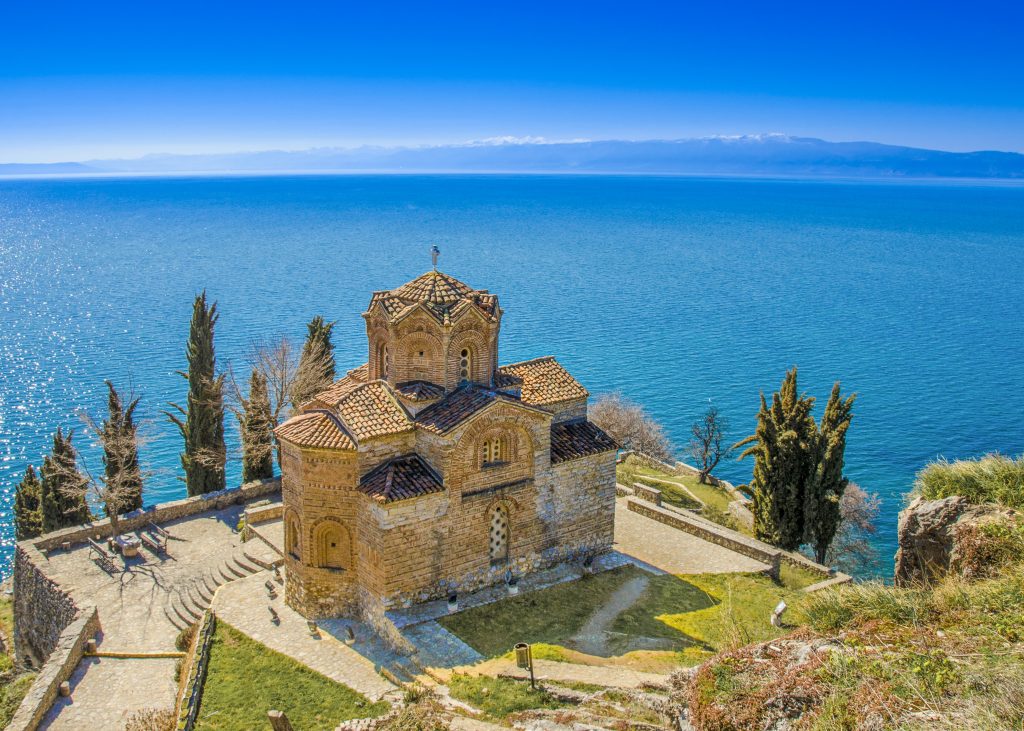
Macedonia declared its independence from the former Yugoslavia in 1991, and is now on the verge of joining the E.U., so visit now before it gets too popular or expensive. The current exchange rate of 52 Macedonia denar to 1 U.S. dollar means that you can score a luxury hotel room for less than $50 a night, and a three-course dinner for under $20.
The Balkan country’s capital, Skopje, underwent a massive government project in 2014 aimed at rejuvenating the city and drawing in more tourists—so now you’ll find a bizarre number of brand-new monuments and statues scattered amongst more historic structures. Although a landlocked country, Macedonia has plenty of waterfront in the form of big, beautiful lakes like Lake Ohrid, as well as pristine mountains and national parks that attract adventurers.
Bosnia and Herzegovina: 777,000 International Tourist Arrivals
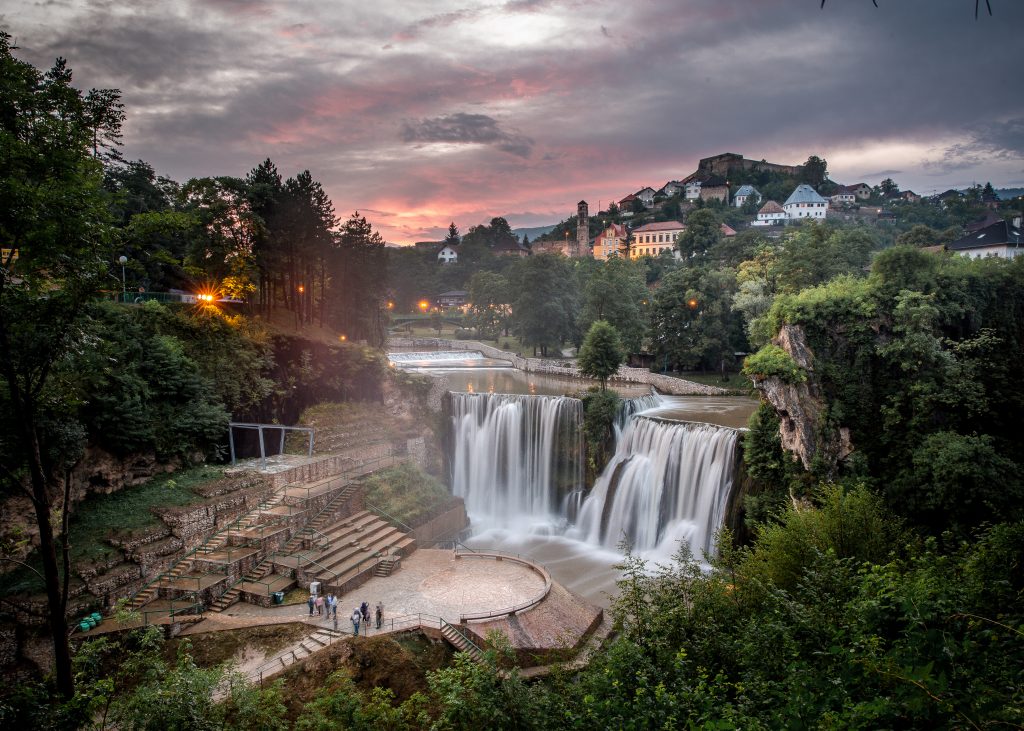
Tourists overlook Bosnia and Herzegovina in favor of neighboring Croatia, which receives more than 13 million tourists a year, and if you take a look at a map, you might see one reason why. When the former Yugoslavia split up, Croatia got nearly all of the beaches, leaving Bosnia and Herzegovina with the second shortest coastline in the world: the Neum corridor. Fortunately, there’s much more to the country besides its (admittedly beautiful) 12 miles of coastline.
Venture out into the countryside, and you’ll be rewarded with unspoiled mountains, shockingly blue rivers, and waterfalls around nearly every turn.
The historic capital city of Sarajevo was nearly destroyed during the war in the 1990s, but this vibrant city has made a comeback. The lingering reputation of the war is a big part of why tourism has declined to Bosnia and Herzegovina, but the country is very safe now, and tourists are beginning to return.
Luxembourg: 1,054,000 International Tourist Arrivals
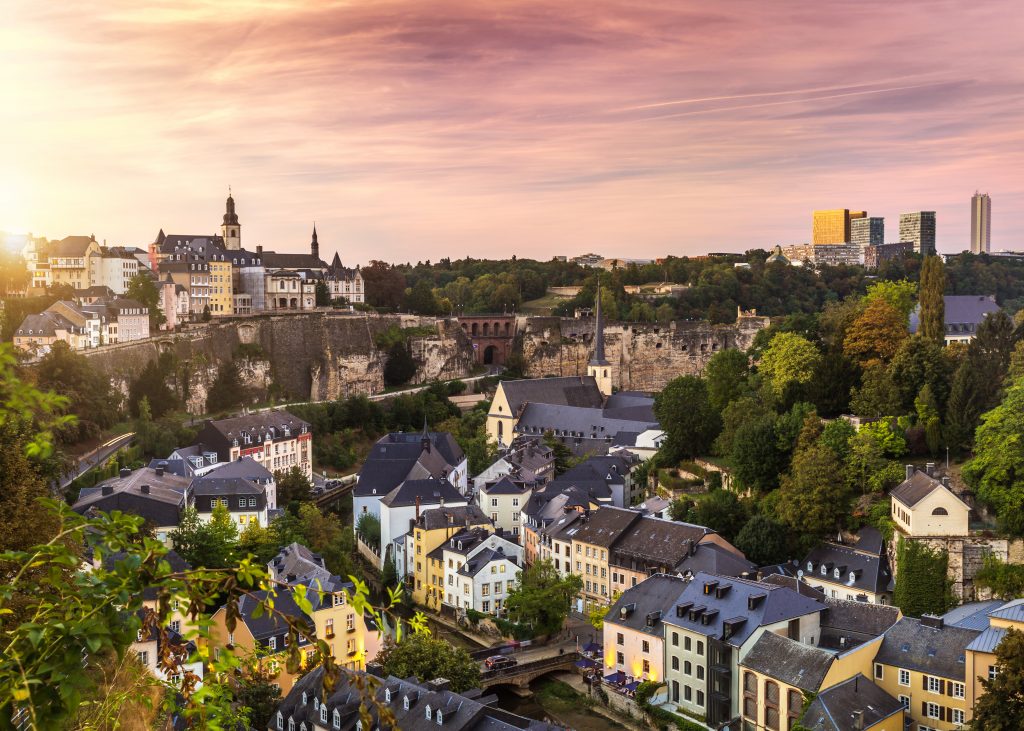
Bordered by Germany, Belgium, and France, Luxembourg is a delightful mix of European influences. This small country is easy to explore in just a few days, thanks to its stellar public transportation network that stretches across the entire nation. Luxembourg is the second richest country in the world, and is also one of the safest.
For such a tiny place, Luxembourg is big on the international dining scene, as its restaurants claim 11 Michelin stars.
Armenia: 1,260,000 International Tourist Arrivals

Better brush up on your Russian or Armenian if you want to visit Armenia, as English isn’t commonly spoken here. Fortunately, you don’t need to speak the language to appreciate the country’s medieval monasteries and beautiful natural scenery. Armenia’s geography is very diverse—it’s home to lakes, rainforests, mountains, and caves.
Serbia: 1,281,000 International Tourist Arrivals
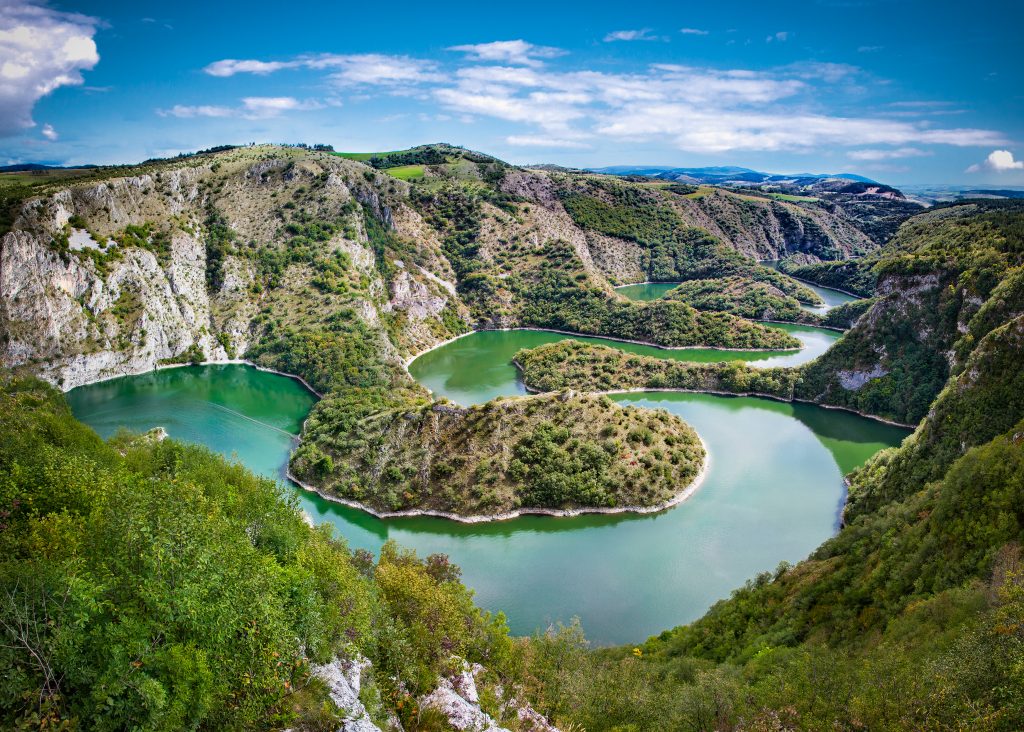
Forget the Swiss Alps—Serbia is the new hot spot for skiing, where you can find empty slopes and challenging terrain. Year-round, Serbia’s capital Belgrade attracts Europeans looking to party in the lively bars and clubs. For a quieter Serbian experience, head to the county’s renowned national parks, which offer hiking, watersports, and plenty of beautiful scenery.
Montenegro: 1,662,000 International Tourist Arrivals
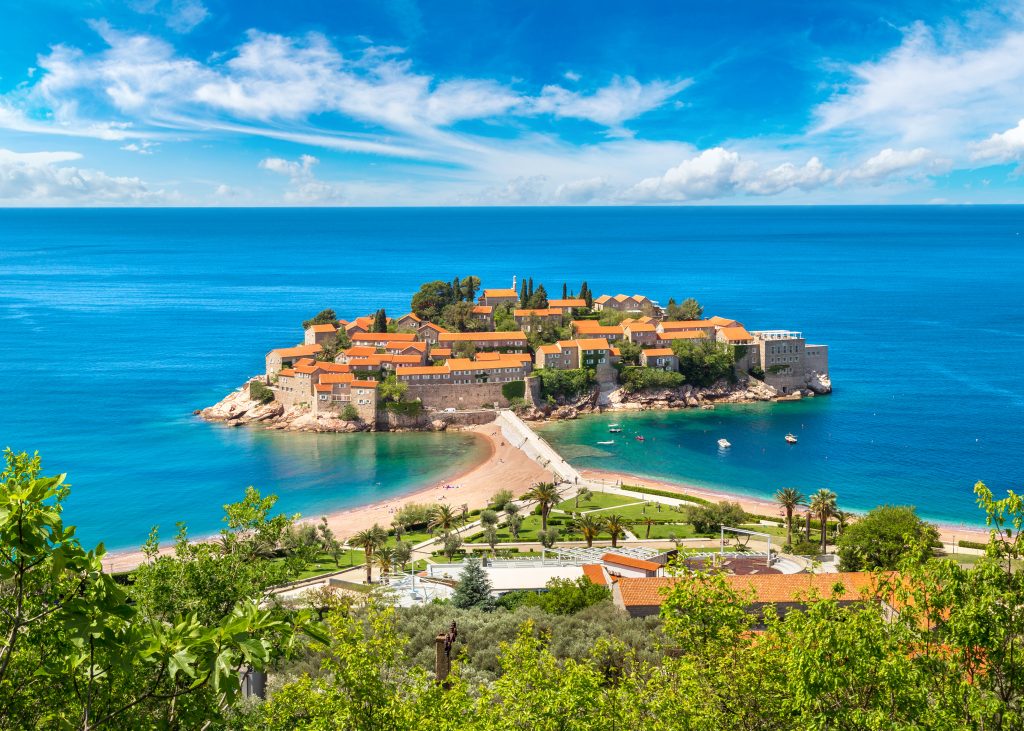
Montenegro is nicknamed “the land of six continents,” so if you want a diverse vacation, you should come here. This is one of the only places in the world where you can swim in the Mediterranean in the morning and be skiing on the Alps in the afternoon. The culture is diverse here as well, due to Montenegro’s history as part of the Ottoman Empire.
More from SmarterTravel:
- Best Shoes to Wear in Europe
- What to Wear in Europe: An Outfit Guide
- The Best Places in Europe for Every Type of Traveler
Caroline Morse Teel now has all of the least-visited European countries on her bucket list. Follow her on Instagram @TravelWithCaroline for photos from Europe and around the world.
We hand-pick everything we recommend and select items through testing and reviews. Some products are sent to us free of charge with no incentive to offer a favorable review. We offer our unbiased opinions and do not accept compensation to review products. All items are in stock and prices are accurate at the time of publication. If you buy something through our links, we may earn a commission.
Related
Top Fares From
Today's Top Travel Deals
Brought to you by ShermansTravel
France: 8-Night Paris, Avignon & Nice...
Infinity Worldwide Vacations
 vacation
$2880+
vacation
$2880+
Poconos: 3 Nts in Garden of...
ResortsAndLodges.com
 hotel
$305+
hotel
$305+
7-Nt Canada & New England Cruise,...
Princess Cruises
 cruise
$839+
cruise
$839+




